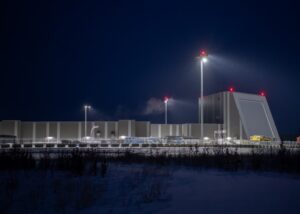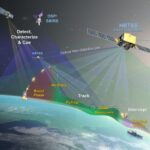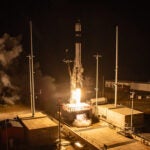
HUNTSVILLE, Ala. – U.S. Northern Command (NORTHCOM) plans for the Long Range Discrimination Radar to be operational and connected to the larger missile defense operational architecture within months, Brig. Gen. Joseph Letorti, director of operations at NORTHCOM, said Wednesday. “We are literally months away from being able to plug the long range discrimination radar, LRDR, in the missile defense operational architecture,” Letorti said here during the annual Space and Missile Defense Symposium. He added that so far NORTHCOM is seeing…

 By
By 











